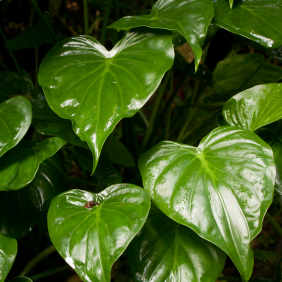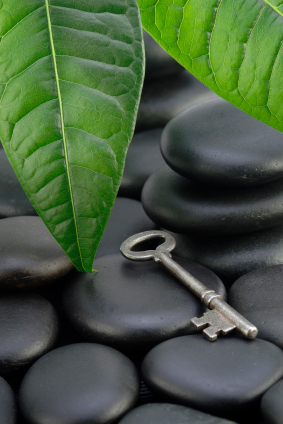




In 1971, when New York Times columnist James Reston reported in some detail about how doctors in China had used needles to ease his abdominal pain during and after emergency surgery.
When the very fine needle penetrates the skin surface, you may feel a little prick; when the needle eventually goes deeper, into the muscle layer, you may feel some form of heaviness, a dull ache, warmth, muscle twitching, tingling, or a radiating sensation. When the practitioner manipulates the needles, you may notice such sensations becoming stronger, but without a sharp pain. The sensation you get from the needle is called “de Qi”, which means your Qi has been activated, and you are benefiting from the treatment. The sensation can feel different from point to point, and from person to person, as well as from session to session. In rare instances you may feel a burning pain when the needle is first inserted; if this occurs you should tell your acupuncturist, so that she can remove it from that spot, which might contain a hair follicle or, in still rarer instances, another kind of structure (such as a vein) beneath the skin.
Yes. We only use disposable needles. This means that each needle is used only once.
Eat something before treatment to avoid lightheadedness or other discomfort; however, do not overeat nor eat right before the treatment; try to avoid alcohol and caffeine for four hours prior to treatment; for purposes of accurate diagnosis, avoid perfume and heavy makeup and scraping of the tongue; but wear loose, comfortable clothing and allow ample time to reach the treatment venue; avoid rushing and other stressful situations.
Preliminary consultation — detailed intake about current and past medical history, medications, life style, habits, emotional state.
Physical exam — of pulse and tongue; palpations, and, if suggested by the situation, examination of heart sounds or blood pressure, or lungs or other affected sites.
Evaluation — based on the intake and assessment, we make our diagnosis in TCM terms, leading to a concept and plan of treatment.
Treatment — acupuncture, herbal supplement(s), and cupping or Tui Na will be prescribed and implemented accordingly.
Suggestions and patient’s “homework” — may include suggestions for nutritional and dietary changes and exercise(s). The entire treatment may last from 45 to 75 minutes. The number of treatments varies from person to person. Generally speaking, therapy for acute conditions is shorter than for chronic ones. In Chinese medicine, as originally and still practiced in China, the modalities and duration of treatment differ according to the nature and severity of the disorders. Practitioners may set a course of six to ten daily treatments to begin with. After the first course, the patient will rest for a week, after which the next course begins. The two courses may, however, require treatments only every other day, or even less frequently; the plan is indeed formulated according to the nature and severity of the patient’s condition. Given the different structure and economics of life in the U.S., most Americans do not have the time or money to expend on treatments given in close succession. Therefore, treatments here tend to be spread out over time, with just one or two sessions each week or every other week — a limitation which often leads to slower healing. The metaphor I use for my patients is that if you want to get a pot of water to boil, the best method is not to start many times over, each time stopping just before the boiling point. That way the heat “accumulated” over a long time may still not give you the desired boiling (or boiled) water. For better results, I do recommend, in treatment for acute conditions, sessions at least every second or third day, for the first two or three weeks, wherever possible. Once the condition is under control, weekly sessions may suffice until the symptoms disappear, after which treatments at two to four week intervals may be recommended for a period of time to sustain and consolidate the gain in overall health.
Due to the effectiveness of acupuncture in treating many types of ailments, and its consequent popularity as an alternative approach to healing, increasing numbers of insurance carriers are now covering acupuncture treatments. If your insurance company covers the cost of acutherapy, but your acupuncturist is not yet a participating provider with that insurance company, the therapist may nonetheless be able to provide a sheet of paper-work called a “super bill” he or she will fill it out for you so that you can send it to your insurance company with a claim for a refund.

| Call: | 203-605-2094 |
| 203-776-7888 | |
| Fax: | 203-776-7888 |
| Email: | xilinj@gmail.com |
